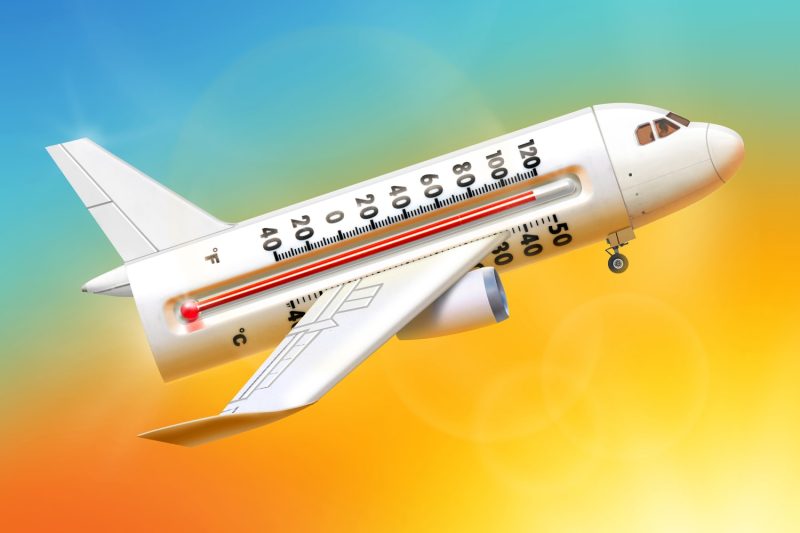Extreme Heat Makes Flying Harder: Airlines and Airports Say They Aren’t Sweating It
The aviation industry is no stranger to facing challenges brought about by changing weather patterns and extreme conditions. With the increasing frequency of heatwaves around the world, airlines and airports are having to adapt to cope with the impact of extreme heat on their operations.
One of the main concerns for airlines during periods of extreme heat is the effect on aircraft performance. At high temperatures, the air density decreases, making it harder for aircraft to generate lift during takeoff. This can lead to longer takeoff distances and reduced payload capacity, which may necessitate adjustments to flight schedules and cargo loads.
Furthermore, extreme heat can also affect the efficiency of aircraft engines. Higher temperatures can reduce engine power output, leading to longer flight times and increased fuel consumption. Airlines have to take such factors into account when planning routes and fuel requirements to ensure safe and efficient operations.
In addition to the challenges faced by aircraft, airports are also impacted by extreme heat. Runways can soften in high temperatures, posing a safety risk for aircraft during takeoff and landing. To mitigate this, airports may need to impose weight restrictions on flights or reschedule operations to cooler times of the day.
Despite these challenges, airlines and airports are working to implement measures to adapt to extreme heat conditions. This may include upgrading aircraft to improve performance in high temperatures, conducting heat stress tests on runways, and developing contingency plans for weather-related disruptions.
While extreme heat does present challenges for the aviation industry, airlines and airports are proactively addressing these issues to ensure the safety and efficiency of air travel. By investing in technology and adapting operations to changing weather patterns, the aviation sector is demonstrating its commitment to providing reliable and resilient services in the face of environmental challenges.

























